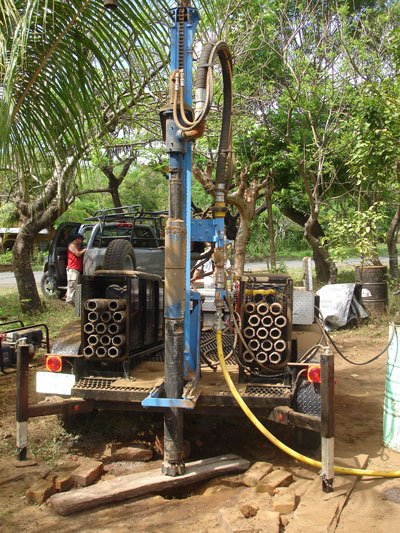 Having the right tools for the job is essential for successful water well drilling. Rotary bits can handle soft to medium soil formations, but when you find yourself between a rock and a hard place, you need specialized equipment designed to power through rock formations.
Having the right tools for the job is essential for successful water well drilling. Rotary bits can handle soft to medium soil formations, but when you find yourself between a rock and a hard place, you need specialized equipment designed to power through rock formations.
If you are on the fence about whether a DTH hammer is right for you, consider a few things.
- You can’t do some jobs without one. Quartzite, granite, basalt, limestone and sandstone are all too much for standard drill bits.
- The cost of replacing drill bits adds up. Drill bits wear out prematurely when operators try to use them to cut through rock formations, racking up unnecessary expenses.
- You’ll need one when it’s inconvenient. The nature of water wells is that they tend to be needed in remote or hard-to-access locations. This is especially true for portable Lone Star drills that are often used to bring water to communities in developing countries—far from the nearest hardware store.

LS300T+ Water Well Drilling Rigs can drill as deep as 300 feet through hard rock formations when paired with the DTH hammer.
They’re easy to set up. Lone Star’s DTH hammer needs only a 185-cfm air compressor to work effectively. Compressors of this size are compact and portable, adding minimal burden to equipment transport. They also happen to be the most common size available at rental centers.
Lone Star DTH hammers are air-powered with percussive operation, a design that allows the hammer’s carbide teeth to methodically shatter rock surfaces. In other words, it’s like a small, spinning jackhammer that fits inside a borehole. Aided by the percussive power of the DTH hammer, Lone Star hydraulic rigs can drill as deep as 300 feet through hard rock formations.
Contact a Lone Star expert to learn more about how the DTH hammer makes you ready for rock.